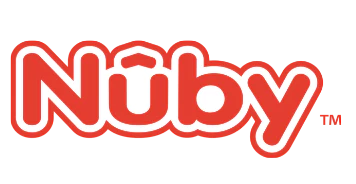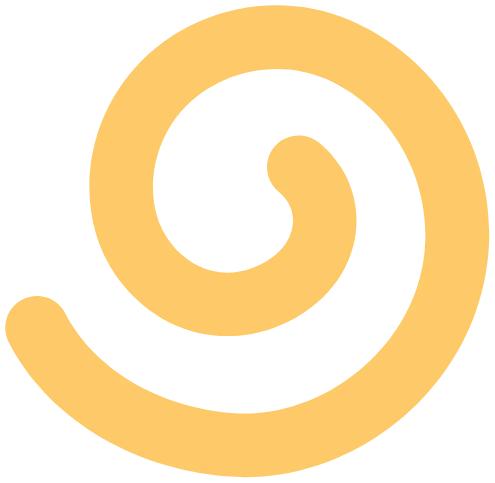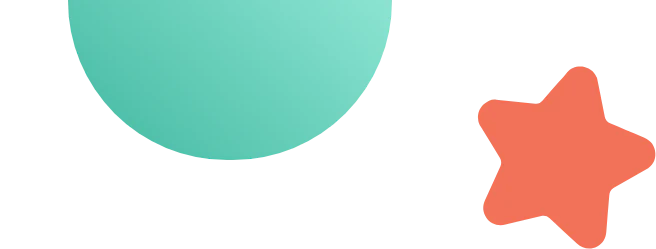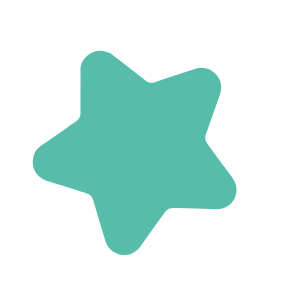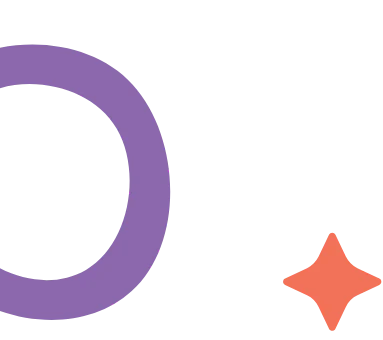Whether you’re pre-preparing baby bottles in bulk, heating up a fresh bottle of baby formula milk at home or on the go, making up a feed is something all parents using bottle feeding will need to learn to do.
Getting your hygiene, timings, mixture and equipment right for bottle feeding will help you make sure that you are prepared and that your baby has a safe, fresh bottle of formula , no matter where you are. In this blog post we’ll cover not just how to sterilise baby bottles, we’ll also look at the do’s and don’ts of bottle preparation, when to stop bottle feeding and how to prep a bottle on the go.
We’ll also look at what the NHS has to say on the subject, and how, by following a few simple steps, you can master the art of making baby bottles!

Why does preparation matter for bottle feeding?
A healthy bottle-fed baby starts with bottle preparation, that’s because your baby’s immune system is not as strong as that of an older child or adult.
Bottles that are clean, free from bacteria and prepared to the correct temperature will ensure that your baby gets a safe and enjoyable feeding experience. This is why sterilising baby bottles and safe preparation of formula feeds is so important.
How to sterilise baby bottles
Cleaning and sterilising your baby bottles is the essential first step to making a bottle of baby milk. You should always wash your bottles in hot soapy water after every feed to prevent bacteria growth.
To sterilise bottle feeding equipment ready for use simply:
- Select clean items or wash the bottles, teats and lids in hot soapy water and rinse well
- Sterilise by using your preferred method (microwave, cold water, UV or using an electric steriliser dryer)

Using a microwave to sterilise bottles:
Microwave sterilising is a quick and effective way to sterilise bottles. Using the Nuby Microwave Steam Steriliser means you can sterilise up to 4 bottles at a time in just 4 minutes! If left unopened, this lightweight and portable container can also be used to store these safely for up to 24 hours.
Microwave sterilising bags are an easy and convenient way to be able to sterilise bottles when you are away from home. With up to 30 uses per bag these handy little pouches give you up to 180 sterilised bottles on the go. They can also be used for dummies and teething rings.
UV sterilisers
Ultraviolet (UV) light has been proven to be a fast and effective way of killing germs. The Nuby UV Steriliser and Nuby Portable UV Steriliser will sterilise your baby bottles in 3 minutes with no need for water, chemicals or microwave, and with no additional cooling or drying time needed.
With a bag made from from easy to wipe fabric and featuring a handy shoulder strap, the portable UV Steriliser is powered by a rechargeable battery, giving you up to 17 cycles per charge. This means that you can get the same high performance as traditional sterilising methods, killing up to 99.9% of bacteria, whether you’re at home or away.

Using a plug-in steriliser dryer for baby bottles
An electric steam steriliser will sterilise and dry your baby bottles, teats and lids at just the touch of a button. Killing 99.9% of bacteria, the Nuby Electric Steriliser & Dryer has three settings of 5, 15 and 30 minutes depending on whether you want just sterilisation, or want to add a quick or super dry option. With space for up to five bottles the electric steam steriliser will not only save you time but will also keep these items sterile for up to 24 hours, provided the lid remains unopened, ensuring you have a supply of bottles ready when you need them.
Look out for the Steriliser Dryer Kit, which comes with a range of extras including a Nuby bottle warmer to safely heat breast and formula milk or baby food, and a newborn feeding set including 2 x 180ml and 2 x 270ml Combat Colic Bottles
How many bottles do I need?
Babies under 2 months require frequent feeding, this can be between 8 and 12 times in 24 hours. As they get older your baby will need fewer bottles, around 4-5 per day up to six months. In order to keep pace with your babies needs, making sure you always have a clean and sterilised bottle ready, you will need at least 4-6 bottles and teats in rotation.
Most bottles come with slow flow teats to help combat colic. As your baby grows, they will be able to drink faster and take in more milk. Having medium and fast flow teats on hand to switch to will help you prevent your child from getting frustrated when they are ready for a faster flow.
When should I stop using baby bottles?
As your baby starts to eat more solid food they will naturally need less milk. The NHS advises that by one year old, drinking from a bottle should be discouraged to prevent tooth decay. You can prepare for this by introducing your baby to a drinking cup or beaker from around 6 months.

The do's and don'ts on warming baby milk
How to warm formula milk to the correct temperature may seem like a bit of a mystery for first time parents. Too hot and you run the risk of burning, too cold and your baby may refuse to drink it. It is recommended you should always make up a fresh feed just before serving by making the feed with water above 70 degrees and allowing the water to cool to room temperature before feeding baby.
How to prep a bottle on the go
But what happens when you are not at home? Enter the Nuby RapidCool™ Portable Baby Bottle Maker. Capable of cooling boiling water down to a temperature suitable for baby, the RapidCool™ will have a 120ml formula feed ready to drink in just 2 minutes.
Simply:
- Boil fresh water and fill the RapidCool™ using the measuring lines inside the flask
- Measure the formula powder according to the manufacturers instructions
- Add the measured formula to the water and mix well
- Replace the digital lid and wait for the display to show a green Nuby logo
- Pour the baby milk into your sterilised bottle – it is now ready
The RapidCool™ is also available in a kit.

NHS Guidelines on how to make up a feed
The NHS website includes useful information on making up a bottle feed. This includes:
- Sterilising all bottles and feeding equipment before using them, to prevent infection
- Not using bottled water unless you absolutely have to, as this can contain high levels of sodium
- Always boiling water before use, tap water (and bottled water) are not sterile until they have been boiled
- Using fresh water each time you boil the kettle to make a feed – never use water that has been left sitting in the kettle
- Always follow the manufacturers instructions when making up formula, don’t be tempted to add extra
- Make the full feed with boiled water above 70 degrees before allowing the feed to fully cool to room temperature.

Preparing the perfect bottle
Preparing the perfect bottle of baby formula quickly need not be a chore. The right equipment will help you to ensure that you save time and effort by enabling you to easily sterilise, dry and store baby bottles ready for use and cool formula milk to the correct temperature every time.
